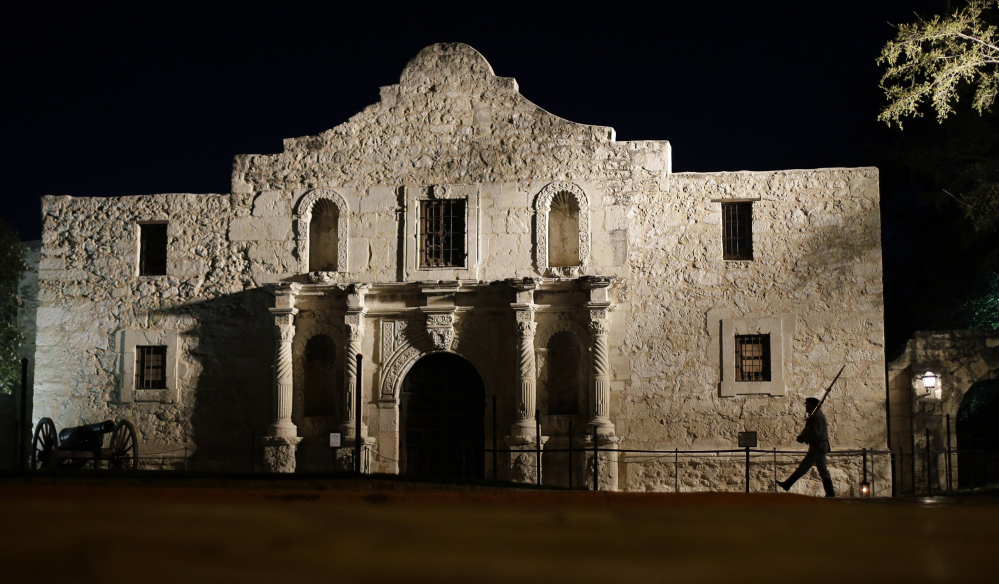BONN, Germany — The United States has succeeded in its bid to “Remember the Alamo,” after the U.N. cultural body approved its status as a world heritage site Sunday.
The Alamo was one of five Spanish Roman Catholic sites, known as the San Antonio Missions, to receive the coveted label likely to boost tourism.
UNESCO’s World Heritage Committee approved the missions’ status along with more than a dozen other places around the globe, including the Gunkanjima industrial area off Japan, a collection of almost two dozen sites that illustrate the country’s industrial revolution during the 19th century.
Susan Snow, an archaeologist for San Antonio Missions National Historical Park, said it represents “the very essence of the great melting pot of the United States.”
“These missions are a living example of the interchange of cultures bringing together the indigenous, Spanish, Mexican and other influences that form South Texas today,” Snow said in a statement following the decision in Bonn, Germany.
The missions were built in the 18th century in and around what is now the city of San Antonio to convert indigenous people to Catholicism and make them Spanish subjects.
The best known of the missions, The Alamo, was the site of the famous 1836 battle when an outnumbered band of Texas settlers staged a courageous stand before Gen. Antonio Lopez de Santa Anna and his Mexican forces seized the mission. During the Battle of San Jacinto weeks later, then-victorious Texas soldiers shouted, “Remember the Alamo!”
U.S. officials hope the designation will boost tourism to San Antonio, already one of the city’s top five industries and responsible for one in eight jobs.
The missions were the only , sites in the United States proposed for world heritage status this year.
The unanimous vote in favor of Japan’s bid was approved only after Tokyo and South Korea resolved a spat over whether to acknowledge the sites’ history of wartime forced labor, particularly that of Gunkanjima, or Battleship Island.
More than a dozen other sites have also been granted world heritage status in recent days. They include:
• The Burgundy vineyards south of Dijon, France, shaped by centuries of wine making.
• The Diyarbakir Fortress and Hevsel Gardens of Turkey.
• Tusi sites in southwest China, named after the tribal chiefs who ruled there from the 13th to the early 20th century.
• Singapore’s Botanical Gardens, which were created in 1859 and have since become a world-class conservation and research site, as well as a major tourist attraction for the city state.
• Christian pilgrimage sites in modern Jordan where Jesus is said to have been baptized, along with Roman and Byzantine remains in the area.
• The Blue and John Crow Mountains, Jamaica’s first world heritage site. Located on the southeast of the island, they became a refuge for indigenous people and escaped African slaves in colonial times and are considered a biodiversity hotspot.
• Sicilian churches and palaces dating back to the island’s 12th-century Norman rule, which incorporated Arab and Byzantine culture.
Send questions/comments to the editors.



Success. Please wait for the page to reload. If the page does not reload within 5 seconds, please refresh the page.
Enter your email and password to access comments.
Hi, to comment on stories you must . This profile is in addition to your subscription and website login.
Already have a commenting profile? .
Invalid username/password.
Please check your email to confirm and complete your registration.
Only subscribers are eligible to post comments. Please subscribe or login first for digital access. Here’s why.
Use the form below to reset your password. When you've submitted your account email, we will send an email with a reset code.